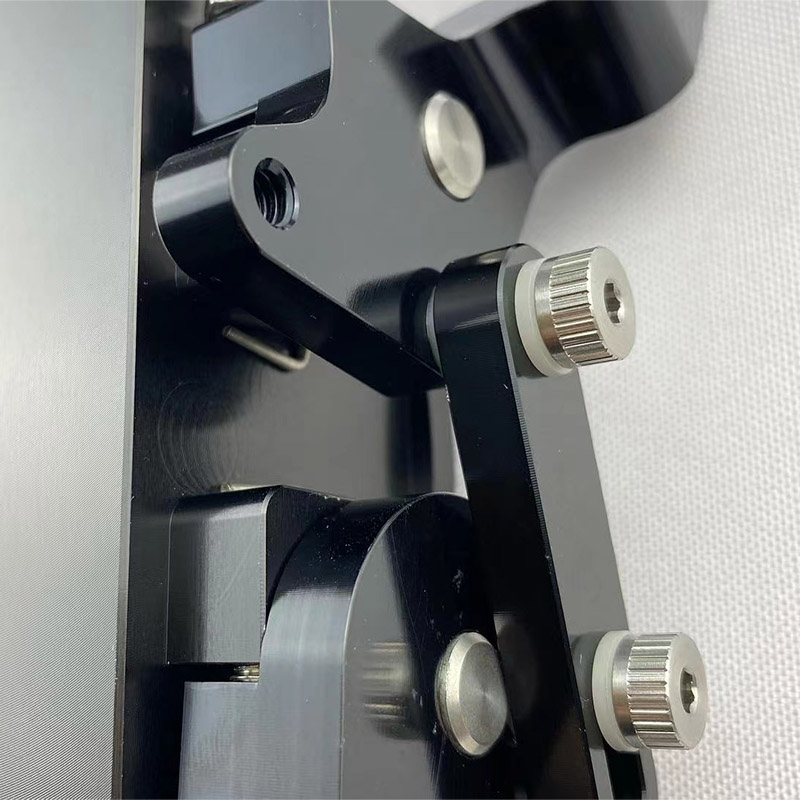What is a throttle body?
The throttle body is a tubular housing that contains a flat valve (butterfly valve) that rotates to vary the amount of air entering the engine.
In an electronic fuel injected vehicle, the throttle position sensor and air flow sensor communicate with a computer,
which provides the corresponding amount of fuel required by the injectors.
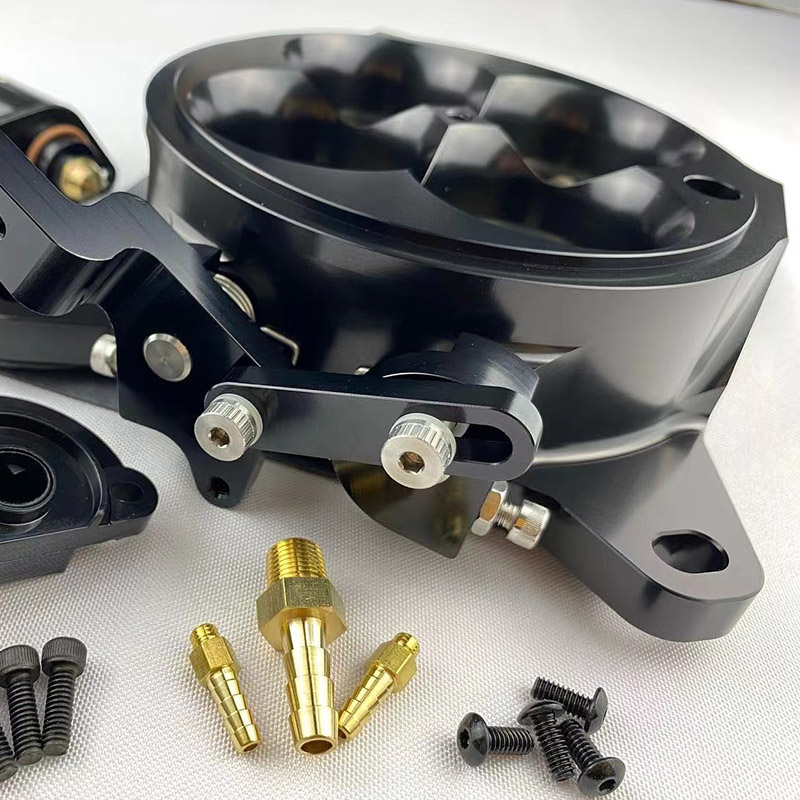
Where is the throttle body?
On older carbureted engines, the throttle body was built into the carburetor.
It opens and closes via cables and linkages to the gas pedal and engine vacuum, and as the valve opens, more fuel is delivered.
On fuel-injected engines, the throttle body is usually located between the air filter and the intake manifold,
and is connected to the accelerator pedal either mechanically by a cable or electronically by a wire.
When the driver depresses the pedal, a butterfly valve in the throttle body turns, allowing more air to flow into the manifold.
When this happens, the throttle position sensor will report to the ECU that you are pressing the accelerator.
The airflow sensor detects more air and sends information to the car's computer to increase the amount of fuel supplied by the injectors.
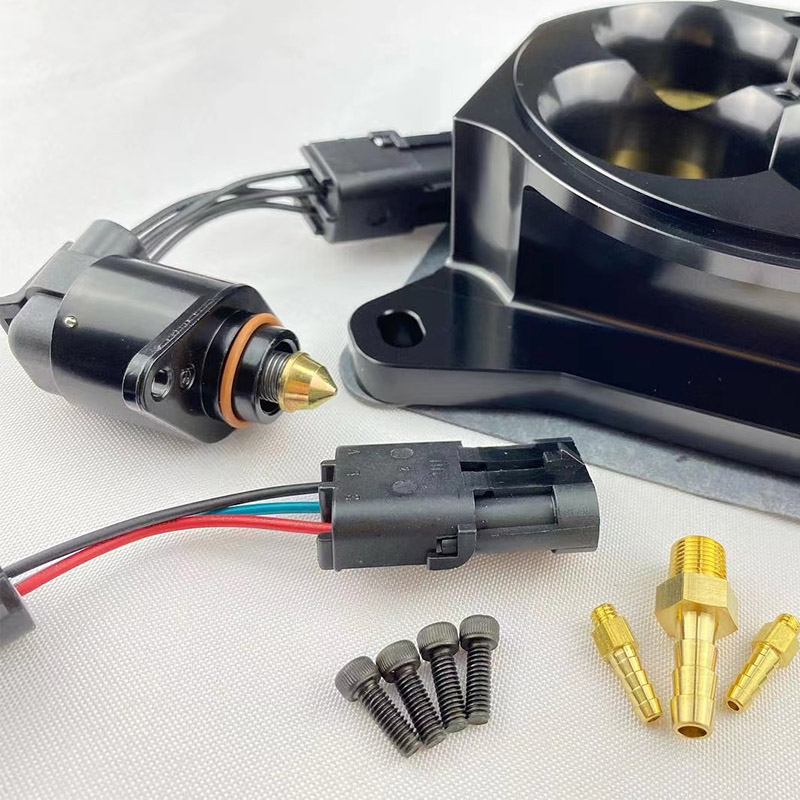
How many throttle bodies?
Most cars only have one large throttle body, but some cars with larger V6, V8 or V12 engines can have one per bank,
or even one per cylinder, although this is relatively uncommon. Some systems use EFI motors with two smaller throats and butterflies instead of one large throttle body,
especially early Ford trucks, but the functionality is the same.
A good air filter is critical to the operation of the throttle body, as dirt buildup can stick to the butterfly valve, causing idle and drivability issues.
Depending on how the PCV respirator is installed on the car engine, you may also accumulate oil residue.
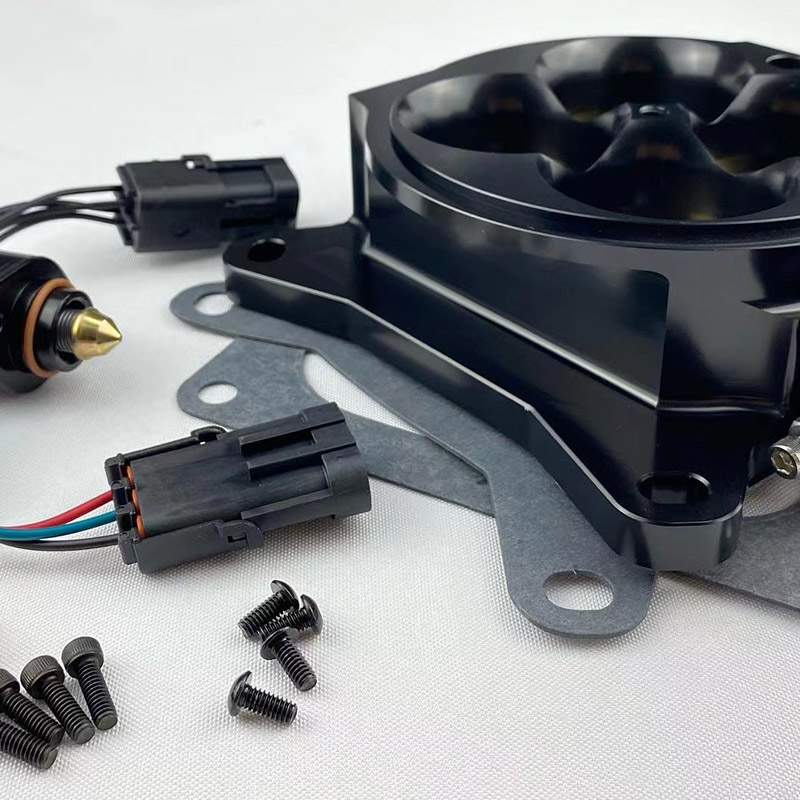
How do I clean the throttle body?
This is why the valve and throttle body need regular cleaning. After removing from the intake, clean the throttle body with aerosol/fuel injection cleaner and a small brush or cotton cloth.
Use subsections deliberately on pivots to secure at the connections.
If the sensor is on the sensor door (section) or after the sensor section, you need to handle air-sensitive locations.
Then, handle the air quality on the sensor. And (MA) is very sensitive to the quality of the sensors cleaning them.
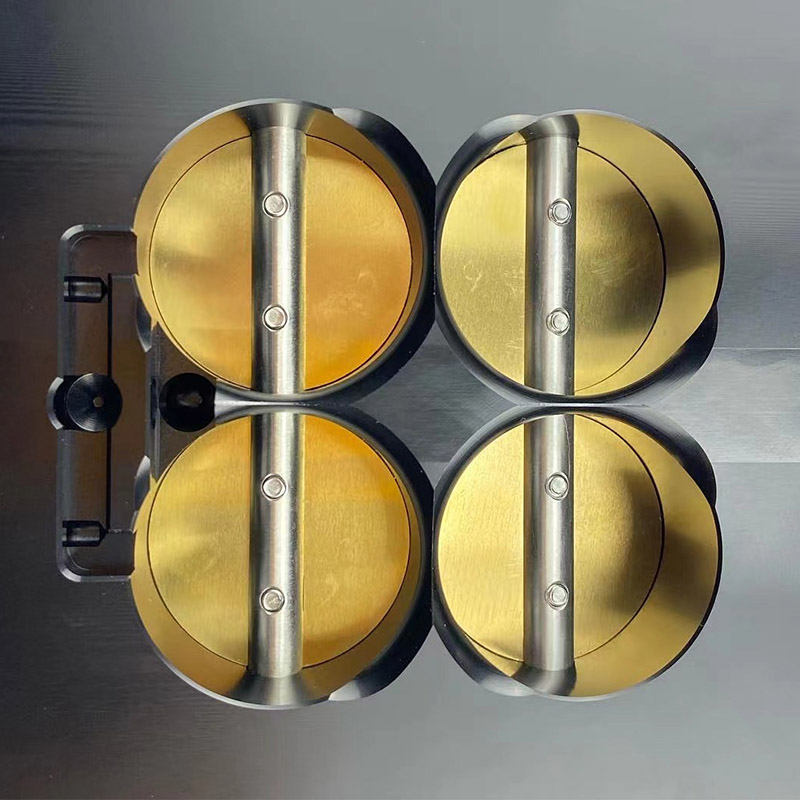
Throttle body problem
Other throttle body problems may include a faulty idle air control (IAC) valve or manifold absolute pressure (MAP) sensor.
The IAC valve allows the computer to control idle speed by venting a small amount of air to the air intake.
The MAP sensor converts the engine vacuum in the manifold into an electronic signal that tells the computer how much fuel to inject.
Engines with high revs at idle or with idling swings may have a vacuum leak or a torn intake hose.
Sustained high idle may mean that the IAC valve has been left open, or the mechanical throttle may need to be adjusted to stop.
